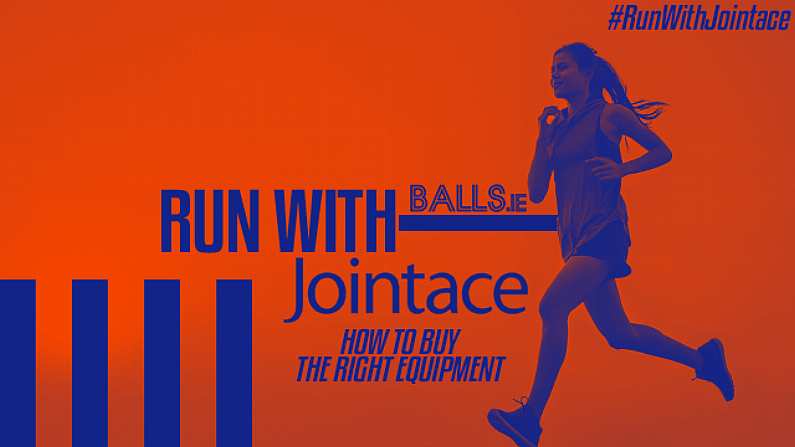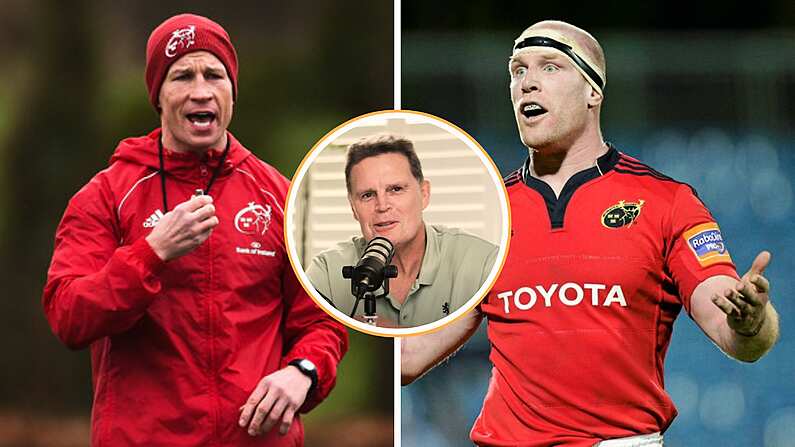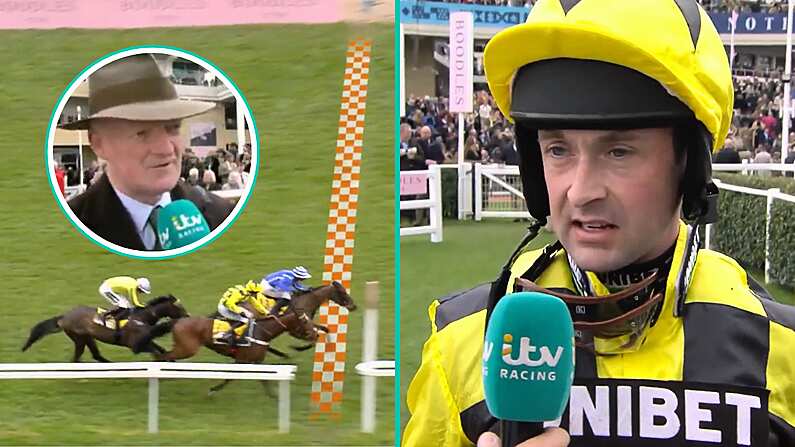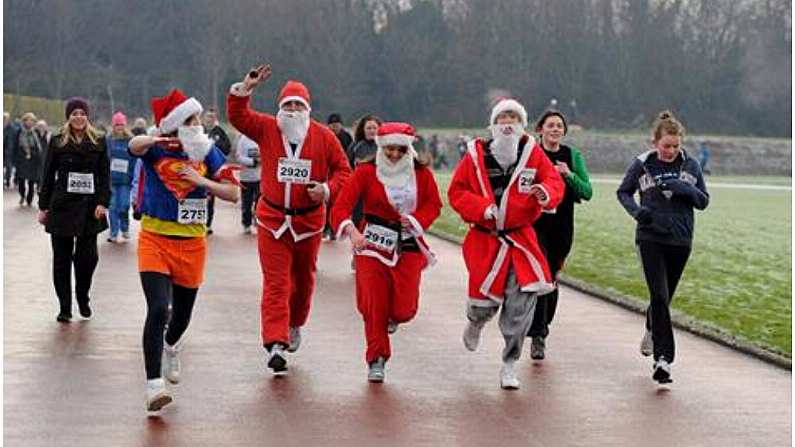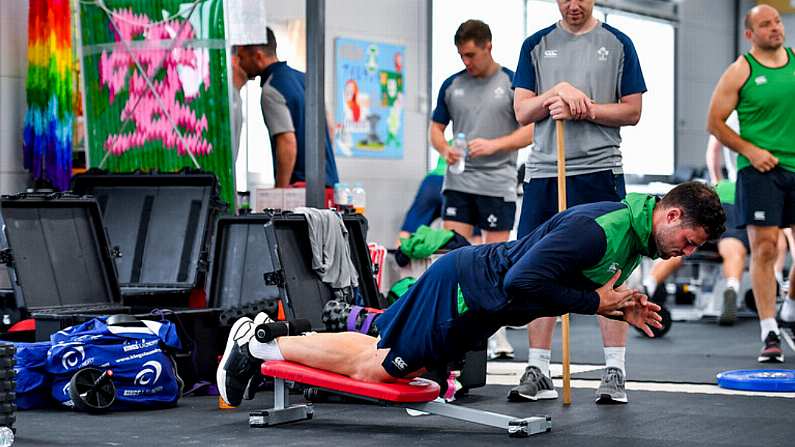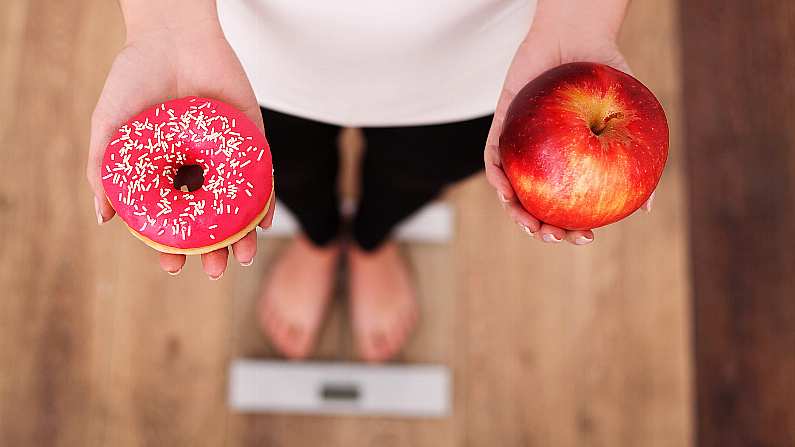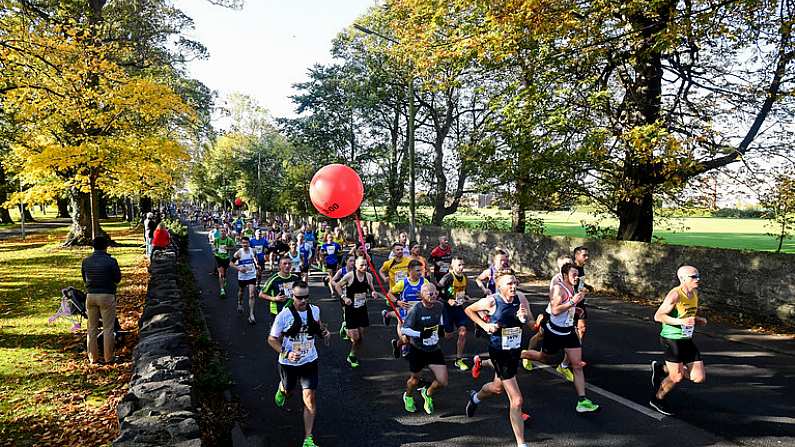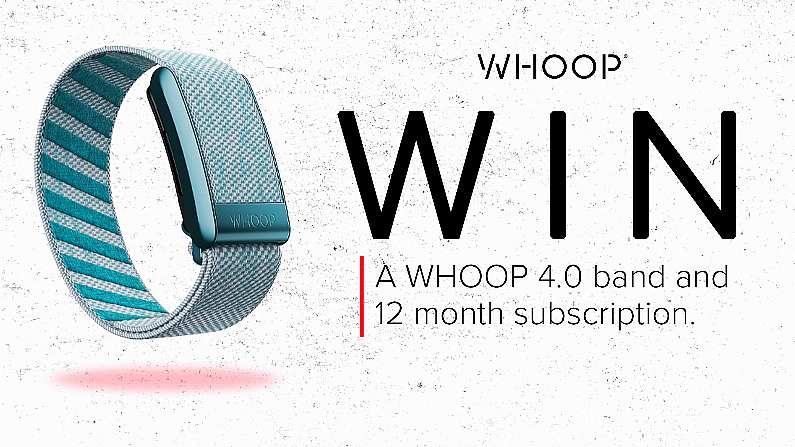Running is having a moment. Gyms are shuttered until August. Group exercise is pretty difficult given the social distancing requirements. For anyone looking to stay fit - both physically and mentally - jogging is probably the most optimal kind of exercise on offer at the moment. And as any serious runner in Ireland will tell you, there's no better time to run in this country than summer time, when the days are dry and bright and long.
But there's nothing more frustrating than deciding to get serious about running and then having the whole thing derailed by an annoying injury. So over the next few weeks, Balls.ie and Jointace are going to present a series of articles aimed at helping you gamify your running experience, from beginning to end. We literally want to help you get you up and running, and stay on the road.
Article #1 in this series will focus on making sure you have the proper equipment to properly pound the pavements.
The Shoes
If you want to make minimal investment into your running passion, the sport certainly allows for it. Technically, you don't even need shoes if you're inclined to try out barefoot running. However, it's incredible how a tactical investment in critical running gear can transform your overall experience on the streets.
There's no bigger purchase you'll make in your fledgling running career than the shoes you purchase for yourself. Over the last decade or so, it's been proven that not all running shoes are alike. Similarly, no two runners are alike. Everyone's stride is more or less unique and you need to make an informed decision about your footwear via gait analysis.
Gait analysis is the process by which runners have their stride analysed to discover where their foot is striking the earth. To better understand the importance of gait analysis, we spoke to Damien McKeever, the man behind Amphibian King. With shops in Bray and Ballymount, Amphibian King is one of the most respected sellers of running equipment in the country. They also pioneered gait analysis in this country and Damian knows first hand how running shoes are evolving.
"We have a look at your unique running style or running gait. People come into the shop and we’ll film your running style to find which way your foot falls to see what kind of shoes might work for you," he says.
This process often happens in store on a treadmill with video cameras.
Damien says our gait is deeply bound up in who we are and shaped by DNA.
"It’s very genetic. Sometimes you get two brothers come in together and you might end up putting them in the same shoe."
Gait isn't the only important thing to keep in mind when buying a pair of shoes. The width of your foot will also have a huge bearing on the kind of shoe you wear.
"Gait analysis is a big part of what we do, but the shape of the foot is also hugely important. We measure the length and width. Some of the shoes are rather narrow-fitting, some are wider.
Take big brands like Nike, their shoes are generally a wide fit, which other brands like Asics are quite narrow by comparison. Within that if you’re foot is pronated or rolls in excessively, we can put them in a corrective shoe.
If you’re coming down heavy on the heel, certain shoes are designed for more of a heel striker. And if you’re landing more midfoot, a lot of the newer shoes are trying to transition people to more of a midfoot strike, instead of coming down on the heel. Newer brands like Quecha or Altra are more of a midfoot striking shoe.
The evolution of the running shoe owes much to the barefoot running trend, which was driven by runners who were looking to experience the physical act of running in a different way. Its popularity led many shoe manufacturers to drop their 'stack height'.
"The stack height is something that is discussed regularly (it’s the distance from the heel to the forefoot of the shoe) - that was always 12mm. Every shoe was 12mm. One of the things that the barefoot movement said is that if you have a 12mm differential from your heel and your forefoot, you’re going to land on your heel, because your shoe is that bit thicker and it’s forcing you to land on your heel. The running brands then went and lowered their stack height. Saucony, which is a niche enough brand, went and lowered their stack height t0 8mm on all their key shoes. Other brands like Altra came directly out of the barefoot movement.
The Watch
Once you get your gait analysed and find the right shoes for yourself, a watch should be the second thing you invest in. After all, all of those hours running aren't worth much if you can't track your performance and improvement.
Garmin are the market leader in the smart watch category. Running watches can range from about €160 up to around €600 for the top of the line watches like the Forerunner 945. All of these watches will allow you to track your runs and study your splits.
"A good technical watch - and they’re so affordable one - is a great thing to have," Damien says. "It’s more of a motivation than anything else. You can track your progress. It really does motivate you, as opposed to just following a traditional plan out of a magazine. But if you got a watch that allows you to tick a box every day, it really does make a huge difference. And then when you throw in the kudos from Strava, it's just brilliant."
Finally, Damien says it's important to not forget the importance of post-run comfort and for that, nothing really beats a pair of recovery shoes. OOFOS are currently the market leader for sliders.

